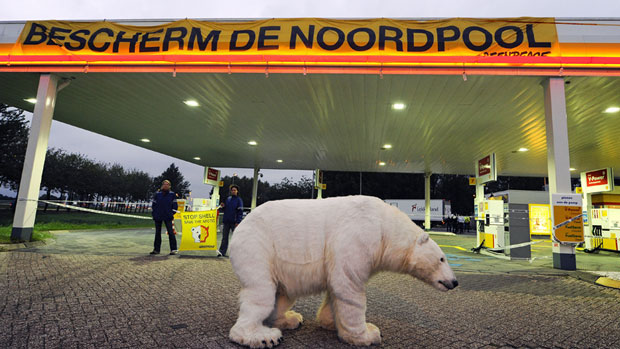RE: GoPro’s Marketing and Why It Works.
Oh man, I remember seeing this video. Michael Chang, who wrote the article “GoPro’s Marketing and Why It Works”, is the very person who showed it to me. I watched it with my mouth hanging wide open for the entire five minutes, entranced by the superior quality of the video and, of course, the crazy action sent my senses tinglin’.
Michael points out two major points of difference for GoPro cameras: size and quality. To expand on these claims, GoPro cameras are designed to be light and small for easy portable use, with exceptional resolution as blatantly demonstrated by the video. However, any products could claim these characteristics to set themselves apart from others. What makes GoPro a significant brand to a customer like me is their ability to captivate the audience with a single video.
When Michael first showed me this video, I had never heard of GoPro before. It branded itself into my mind unforgettably, however, as the video stimulated me with beautiful scenery that I certainly don’t get to witness every day. It also captured me with delicious scenes of surfing, snowboarding, rafting and motorcycling – activities that I wish I was capable of. By feeding someone like me, the audience, with wishful thinking about all the blood-pumping adrenaline I’m missing out on, GoPro simultaneously rouses an internal longing for its product. The two areas overlap, causing one to yearn for GoPro to fill the lack of excitement in one’s life. I, for one, cannot deny that I fell for this brilliant marketing approach.
Props for that amazing video, GoPro. Where can I get one of your cameras? And perhaps a surfing board?







